Growing Focus on Energy Efficiency
The emphasis on energy efficiency is becoming increasingly prominent within The Global Industrial Dehumidifier Industry. As energy costs rise and environmental concerns grow, industries are seeking solutions that not only control humidity but also minimize energy consumption. Energy-efficient dehumidifiers are designed to operate with lower energy inputs while maintaining effective moisture control, appealing to businesses aiming to reduce operational costs and carbon footprints. The market for energy-efficient models is projected to expand significantly, with estimates indicating a growth rate of approximately 8% in this segment over the next few years. This trend reflects a broader commitment to sustainability and operational efficiency across various sectors.
Rising Demand in Manufacturing Sectors
The industrial dehumidifier market experiences a notable surge in demand, particularly within manufacturing sectors such as pharmaceuticals, food processing, and electronics. These industries require precise humidity control to ensure product quality and compliance with stringent regulations. For instance, the pharmaceutical sector alone is projected to account for a significant share of the market, driven by the need for controlled environments during production and storage. As manufacturers increasingly recognize the importance of maintaining optimal humidity levels, The Global Industrial Dehumidifier Industry is likely to expand, with a projected growth rate of approximately 6% annually over the next five years. This trend indicates a robust market potential fueled by the necessity for enhanced operational efficiency and product integrity.
Increased Awareness of Health and Safety
There is a growing awareness regarding health and safety standards across various industries, which significantly influences The Global Industrial Dehumidifier Industry. High humidity levels can lead to mold growth, which poses health risks to employees and can damage equipment. Consequently, industries such as healthcare and food service are investing in dehumidification solutions to mitigate these risks. The market is expected to see a rise in demand for dehumidifiers that not only control humidity but also improve air quality. This shift towards prioritizing health and safety is likely to drive market growth, with estimates suggesting an increase in market size by 5% over the next few years as companies seek to comply with health regulations and enhance workplace conditions.
Technological Innovations in Dehumidification
Technological advancements play a pivotal role in shaping The Global Industrial Dehumidifier Industry. Innovations such as smart dehumidifiers equipped with IoT capabilities allow for real-time monitoring and control of humidity levels. These devices can optimize energy consumption, thereby reducing operational costs for businesses. Furthermore, the integration of advanced filtration systems enhances air quality, making these products more appealing to industries focused on sustainability and efficiency. As companies increasingly adopt these technologies, the market is projected to grow at a compound annual growth rate of around 7% over the next five years. This trend underscores the importance of innovation in meeting the evolving needs of various sectors.
Expansion of Construction and Infrastructure Projects
The expansion of construction and infrastructure projects globally is a significant driver for The Global Industrial Dehumidifier Industry. As construction activities increase, the need for moisture control during building processes becomes critical to prevent structural damage and ensure the longevity of materials. Dehumidifiers are essential in maintaining optimal conditions for drying concrete and other materials, thereby expediting project timelines. The construction sector is expected to witness substantial growth, with investments projected to reach trillions in the coming years. This growth is likely to propel the demand for industrial dehumidifiers, as contractors and builders prioritize moisture management to enhance project outcomes and reduce costs associated with delays and material degradation.


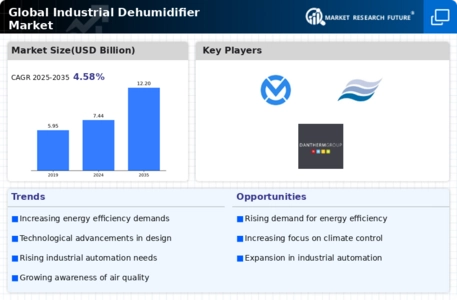
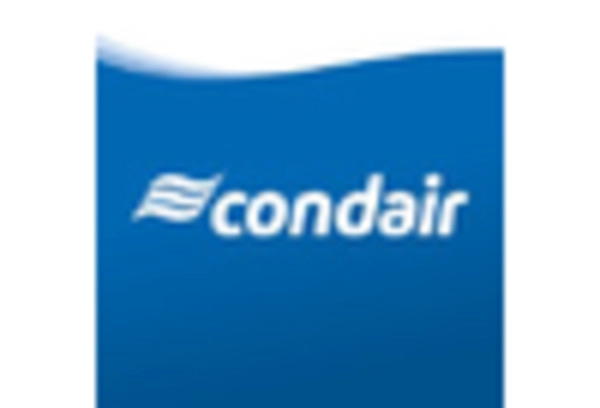
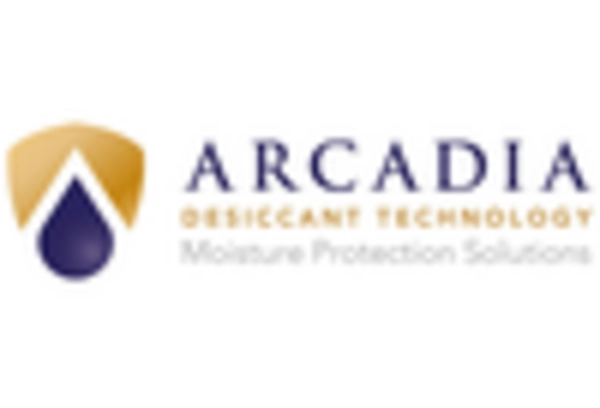
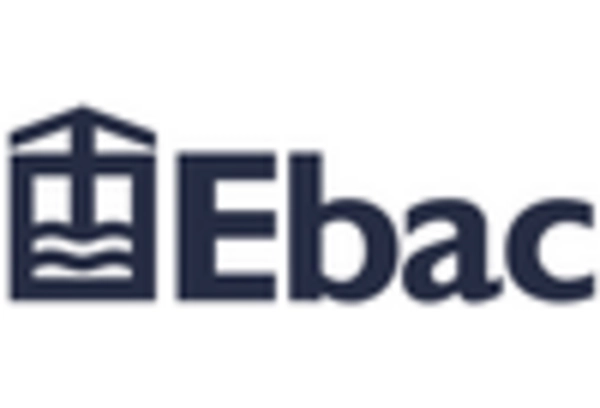


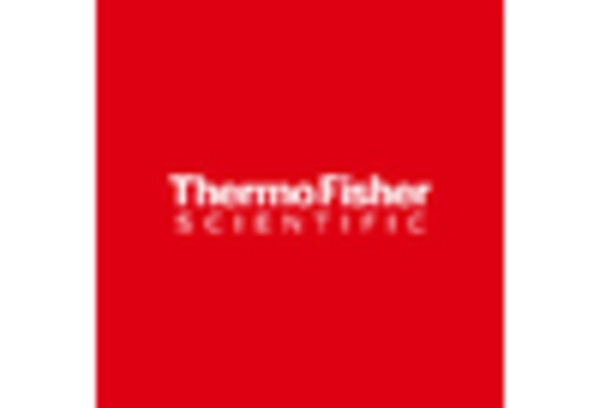








Leave a Comment